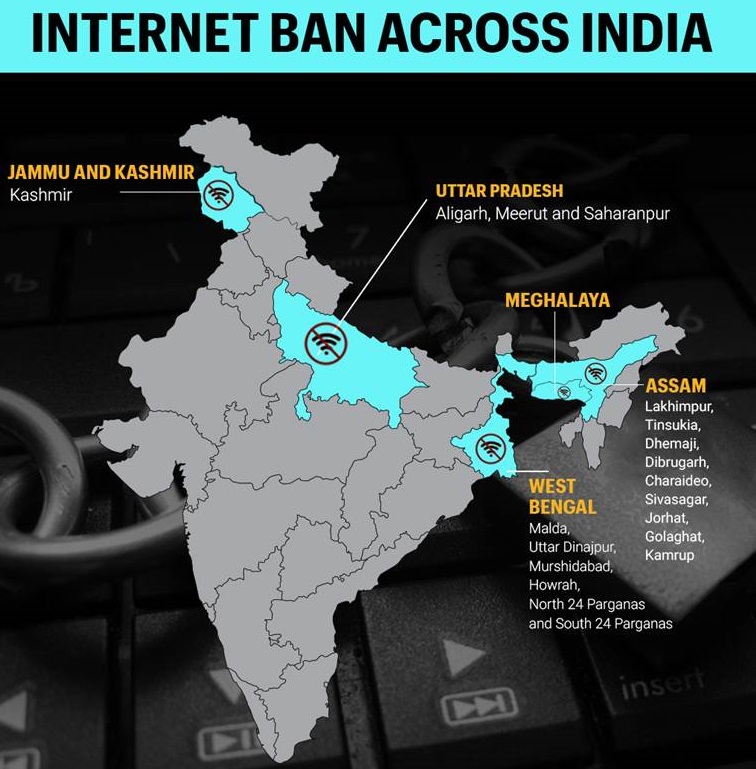7667766266
enquiry@shankarias.in
What is the issue?
What are the recent instances?

How has the trend been?
What are the legal provisions?
What are the concerns with 2017 rules?
How significant has internet become, and what are the implications of a shutdown?
Source: Indian Express